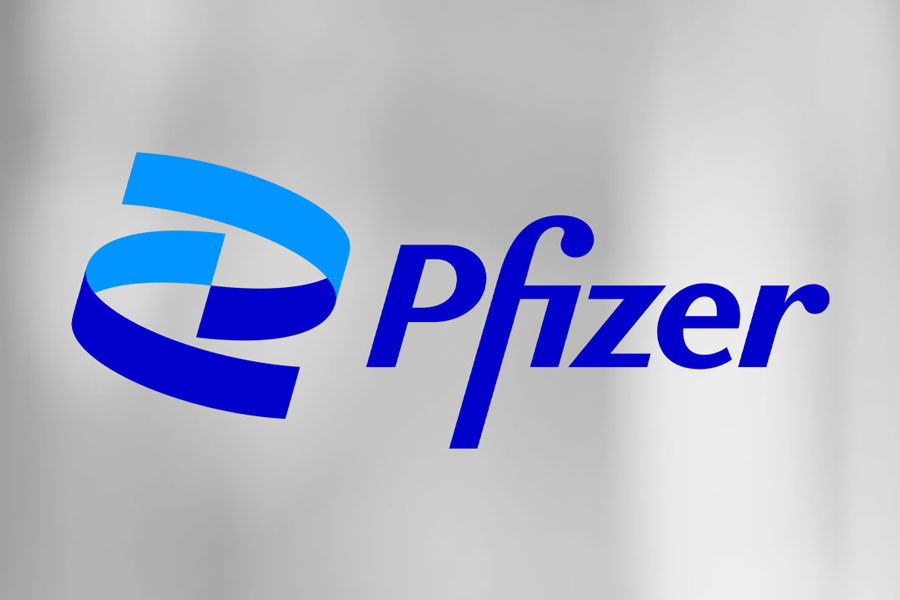
Can the risk of developing chronic liver disease be predicted? Pfizer and Atostek’s research studies the potential of Kanta data for automated disease risk identification
Pfizer, one of the world’s largest pharmaceutical companies, wanted to explore whether the risk of developing chronic liver disease could be predicted using Finland’s national health information database, Kanta. Atostek studied the potential for secondary use of Kanta data in risk calculations.
An increasing number of Finns are diagnosed with chronic liver disease each year. In many cases, the disease is discovered incidentally during other medical examinations.
“Early detection of chronic liver disease is crucial to halt or slow its progression. People can be guided towards healthier lifestyles, which significantly reduces the risk in itself. For high-risk individuals, additional tests can be recommended to ensure accurate diagnosis and treatment,” explains Emmi Tikkanen, Lead RWE Scientist at Pfizer.
“Additionally, we were interested in utilizing Finnish Kanta data, as it holds immense potential for research,” she adds.
Secondary use of Kanta data
Through secondary use, pseudonymized social and healthcare data can be utilized for research purposes. Atostek has years of experience in managing information in the social and health sectors, as well as in leveraging Kanta data.
In Finland, all healthcare providers record patient health information in Kanta. Atostek investigated the applicability of a previously developed risk calculator to Kanta data. The study employed classification techniques and free-text analysis as research methods.
However, applying a risk model to real-world data is not straightforward. The study found that accurately calculating risk based on Kanta data would require both enhancements to the Kanta system and changes to healthcare professionals’ workflows.
“The current structured data in Kanta alone is insufficient for precise risk calculations. Structured entries in Kanta do not include measurements such as waist-to-hip ratio, smoking habits, or alcohol consumption, which are critical risk factors for many diseases,” says Juho Leppämäki, Quality Manager at Atostek.
“However, we successfully identified clear mentions of smoking and alcohol use from free-text entries using data mining techniques and were able to utilize this information,” Leppämäki adds.
Study results useful for the future
The study’s results are promising for future applications. The findings enable an assessment of Kanta data’s suitability as input for risk calculations and help identify challenges more effectively.
“After the study, we gained clarity on the type of information available in Kanta services and what data can be utilized. We also identified alternatives for measuring waist-to-hip ratio. For example, the measurement could be added to general healthcare assessments or could be obtained directly from individuals in various ways, such as using a smartphone camera,” Tikkanen explains.
Background:
- Pfizer and Atostek’s research is a continuation of Atostek’s Jasmine research project (Joyful ApparationS of Medical INtelligencE), which aims to study the practical utilization of healthcare information from the perspective of predicting medical risks.
- Atostek’s Senior Software Developer Viljami Männikkö is working with a doctoral thesis on the research topic.
Read more about the secondary use of health data!
Pfizer is one of the world’s leading pharmaceutical companies and manufacturers of original medicines and vaccines. Researching and developing new drugs and vaccines are at the core of our business. We aim to create better health worldwide with our new pharmaceutical and vaccine innovations. – Breakthroughs that change patients’ lives.

